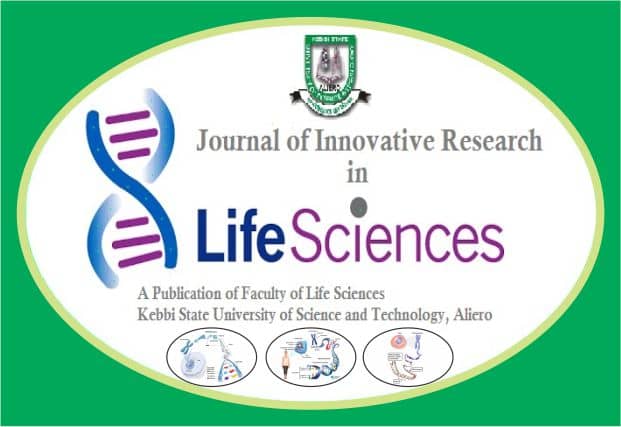
| Research Article | ||||||||||||||||||||||||||||
PHYSICOCHEMICAL AND BACTERIOLOGICAL EVALUATION OF PAINT EFFLUENT USING ACTIVATED RICE HUSK Emmanuel Morka.
| ||||||||||||||||||||||||||||
| How to Cite this Article |
| Pubmed Style Emmanuel Morka. PHYSICOCHEMICAL AND BACTERIOLOGICAL EVALUATION OF PAINT EFFLUENT USING ACTIVATED RICE HUSK. JIRLS. 0; 0(0): 0-0. Web Style Emmanuel Morka. PHYSICOCHEMICAL AND BACTERIOLOGICAL EVALUATION OF PAINT EFFLUENT USING ACTIVATED RICE HUSK. https://www.jirlsonline.com/?mno=101245 [Access: January 07, 2024]. AMA (American Medical Association) Style Emmanuel Morka. PHYSICOCHEMICAL AND BACTERIOLOGICAL EVALUATION OF PAINT EFFLUENT USING ACTIVATED RICE HUSK. JIRLS. 0; 0(0): 0-0. Vancouver/ICMJE Style Emmanuel Morka. PHYSICOCHEMICAL AND BACTERIOLOGICAL EVALUATION OF PAINT EFFLUENT USING ACTIVATED RICE HUSK. JIRLS. (0), [cited January 07, 2024]; 0(0): 0-0. Harvard Style Emmanuel Morka (0) PHYSICOCHEMICAL AND BACTERIOLOGICAL EVALUATION OF PAINT EFFLUENT USING ACTIVATED RICE HUSK. JIRLS, 0 (0), 0-0. Turabian Style Emmanuel Morka. 0. PHYSICOCHEMICAL AND BACTERIOLOGICAL EVALUATION OF PAINT EFFLUENT USING ACTIVATED RICE HUSK. Journal of Innovative Research in Life Sciences, 0 (0), 0-0. Chicago Style Emmanuel Morka. "PHYSICOCHEMICAL AND BACTERIOLOGICAL EVALUATION OF PAINT EFFLUENT USING ACTIVATED RICE HUSK." Journal of Innovative Research in Life Sciences 0 (0), 0-0. MLA (The Modern Language Association) Style Emmanuel Morka. "PHYSICOCHEMICAL AND BACTERIOLOGICAL EVALUATION OF PAINT EFFLUENT USING ACTIVATED RICE HUSK." Journal of Innovative Research in Life Sciences 0.0 (0), 0-0. Print. APA (American Psychological Association) Style Emmanuel Morka (0) PHYSICOCHEMICAL AND BACTERIOLOGICAL EVALUATION OF PAINT EFFLUENT USING ACTIVATED RICE HUSK. Journal of Innovative Research in Life Sciences, 0 (0), 0-0. |








